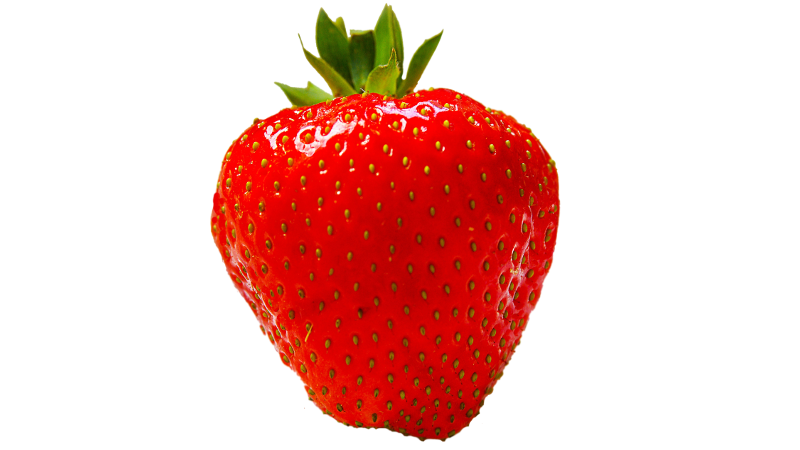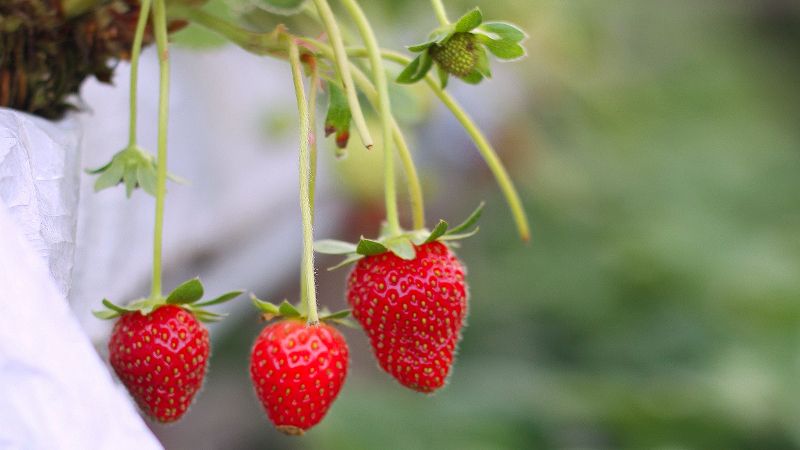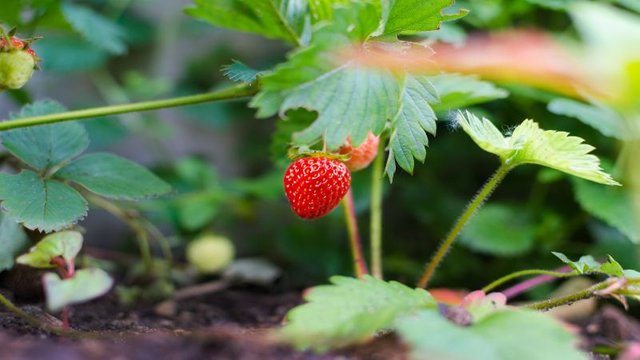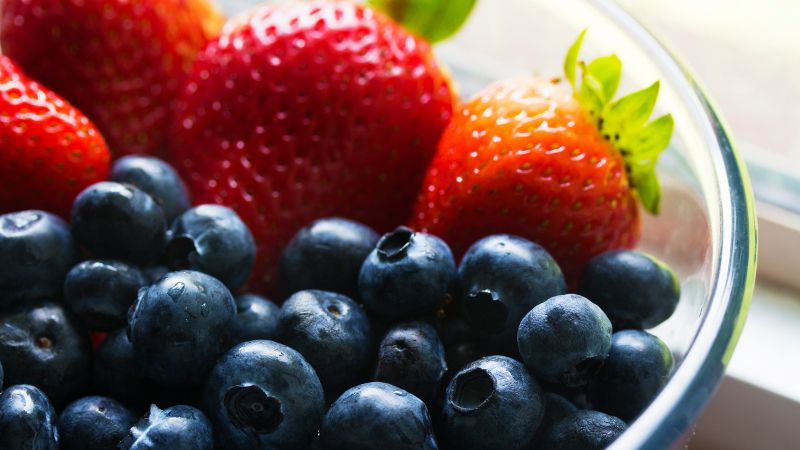
Available in over 600 varieties, the strawberry is a treat beloved by grownups and children alike. Widely thought to be a berry, botanically speaking, it is actually an aggregate fruit. Although there are so many varieties, all of these varieties fall within only 3 main types: June-Bearing, Everbearing, and Day-Neutral.
June-Bearing strawberry varieties typically produce a singular fruit crop in or around June and have a shorter harvest period of only a few weeks. These plants grow many far reaching, prolific runners and can provide an excellent ground cover even after the fruit harvest period is over.
Everbearing strawberry varieties, conversely, produce multiple fruit crops that begin in the Spring and recur throughout the Summer and even into the beginning of Fall. They are often a favorite of home gardeners, providing both fresh fruit and garden beauty.
Lastly, Day-Neutral strawberry varieties are much like Everbearing varieties and were, in fact, developed from them. They are even more prolific, though, and continuously produce fruit crops throughout the Summer and Fall in most growing zones.
For the home gardener, choosing which varieties of strawberries will work best for you can be hard (it is, for me, anyway!). There are many things to consider, starting with your particular growing zone, climate/weather, and location and which varieties will work best in your conditions. You have to also consider the space that you have available, what you're, ultimately, going to use the strawberries for, how sweet you'd like for your strawberries to be, how many strawberries you would like to grow, and how much of a budget you're working with.
I would like to grow all of them throughout our growing season but, alas, with so many to choose from, it's just simply not possible! Each type has many varieties available and it's a good idea to take the time and do your research. Go ahead and try multiple varieties at one time.
Earliglow is my favorite June Bearing variety. I love the flavor and sweetness of the fruit and have had very little trouble with growing them. Our winters are much too cold for them to fully come back every year but I love them so much that I replant them. I haven't worked with too many Everbearing or Day Neutral varieties (our summers get too hot here) but I do continue to try different varieties each growing season. It never hurts to try!
So how many strawberries should you plant? A home gardener can easily manage a dozen or so plants in their flower or vegetable garden or even in containers on their patio. Depending on the type, variety, and number of plants, this could result in a small to medium harvest. For those looking for a larger harvest, plant as many as you can take care of and handle making sure to plant them 1 - 1 1/2 feet apart in rows that are 2 - 2 1/2 feet apart. Choose a sunny area with excellent drainage. Raised beds and planters can also work well making sure to provide sufficient water, preferably earlier in the day. It's also important to use good soil and to fertilize a few times a year. Read the label on the fertilizer to make sure it's appropriate for the strawberry variety that you're growing. If your plants get crowded, simply thin them out by removing runners and older plants (in areas where the weather allows for them to come back year after year).
Our Favorite Strawberry Fruit Salad
Besides eating them fresh, right off the stem, our favorite way of using strawberries is to cut them up with some fresh blueberries and bananas. No additional sugar or ingredients needed and super healthy!




